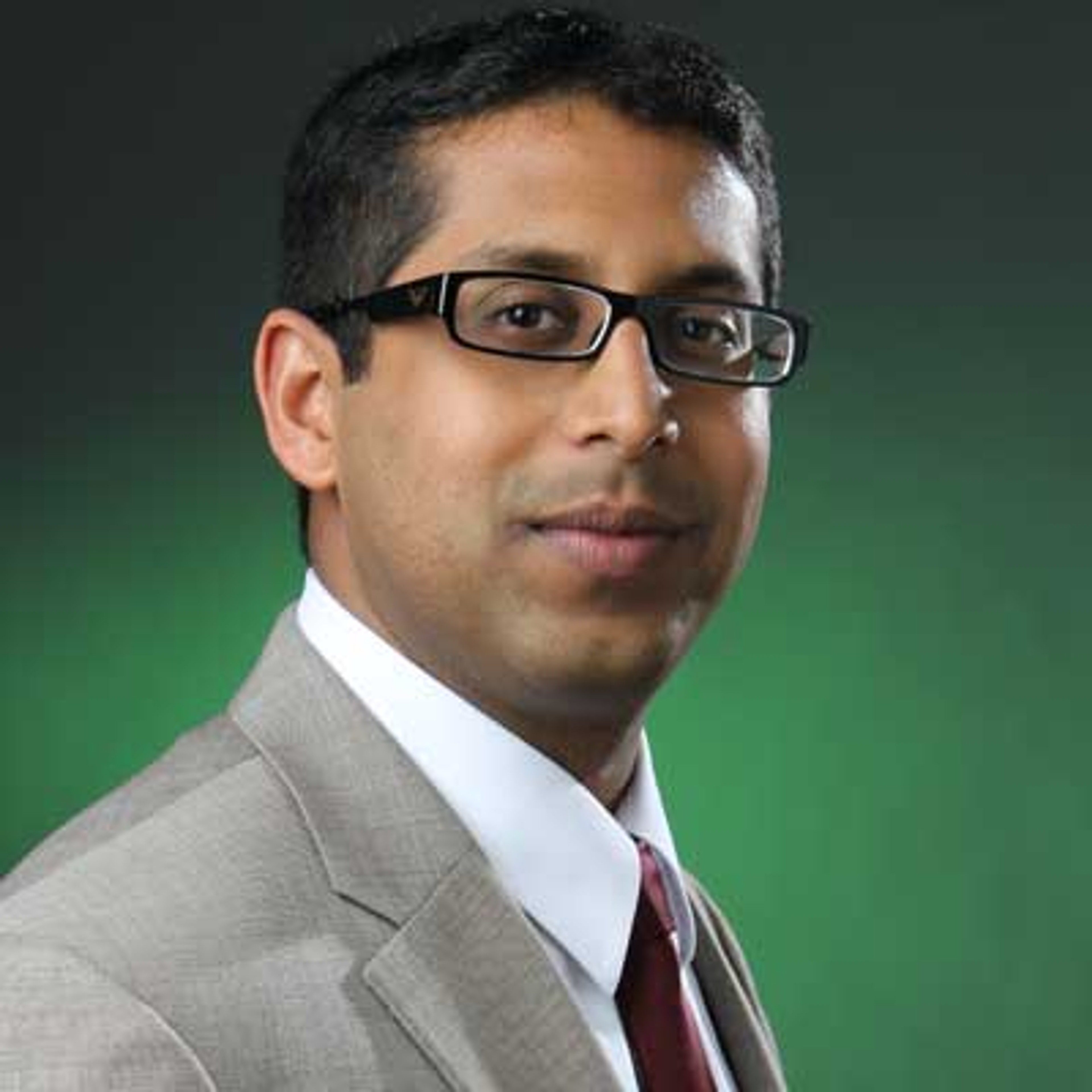Vilas Dhar

Vilas Dhar is a scholar, entrepreneur, and philanthropist with a lifelong commitment to re-imagining society and its institutions for the betterment of humanity. His current research explores fundamental questions about our preparedness to enter an artificial intelligence enabled age. By critically evaluating social, economic, and technical factors that lead to inequality and injustice in the genesis of new technologies, his work guides our shared response to a great challenge – the creation of resilient institutions that can defend and empower our fundamental conception of what it means to be human in a technology-first world.
Vilas serves as Trustee of the Patrick J. McGovern Foundation, a large philanthropic endowment focused on advancing neuroscience and technology for good, and serves on several public and private sector boards and advisory committees. His career has included founding and serving as CEO of a recognized public interest law firm, investing in and serving as board director of socially conscious companies, and creating one of the world’s first nonprofit organization incubators – leveraging private sector expertise for the public good.
He has served as the Gleitsman Fellow on Social Change at Harvard University, Practitioner Resident on Artificial Intelligence at the Rockefeller Foundation’s Bellagio Center in Lake Como, Italy, and Entrepreneur-in-Residence at the University of Illinois. He holds a J.D. from NYU School of Law, an M.P.A. from the Harvard Kennedy School, and dual Bachelor’s degrees in Biomedical Engineering and Computer Science from the University of Illinois.